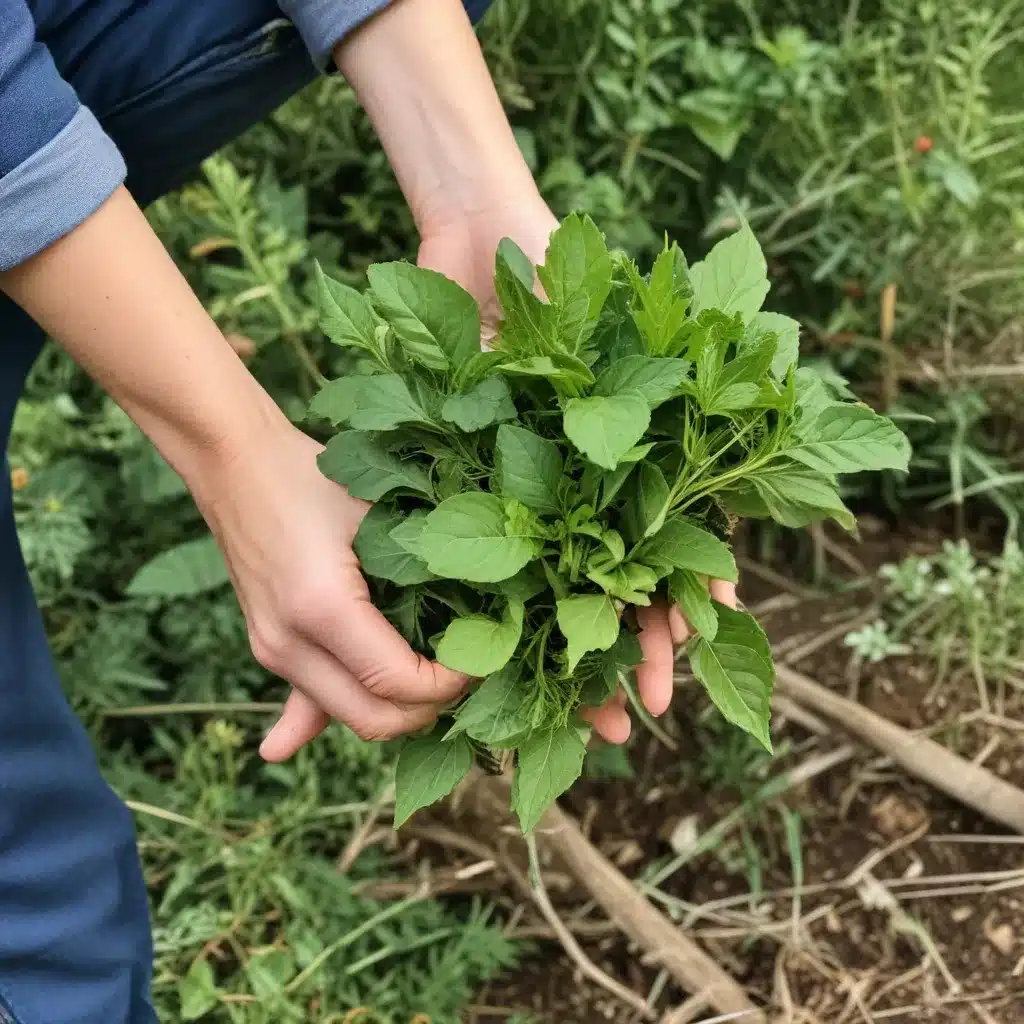
Nurturing Nature’s Bounty: Foraging for Wild Edibles on the Farm
As a farm educator at Crooked Pines Farm, I’m constantly in awe of the incredible diversity of plants that thrive on our land. Beyond the rows of cultivated crops, our fields, forests, and meadows burst with an abundance of wild edible species just waiting to be discovered. Foraging for these hidden gems not only nourishes our bodies with unique flavors and nutrients but also deepens our connection to the natural world around us.
Exploring the Farm Ecosystem
At Crooked Pines, we’re blessed with a rich tapestry of habitats, from the lush riparian zones along our streams to the sun-dappled forest understories. Each microclimate hosts a remarkable array of native plants, many of which are perfectly suitable for human consumption. By learning to identify and responsibly harvest these wild edibles, we can weave them into our daily lives, adding vibrant splashes of color, texture, and taste to our meals.
The availability of wild foods ebbs and flows with the seasons. In early spring, we delight in the tender greens of plants like chickweed, dead nettle, and purslane, their mild flavors a welcome addition to salads and sautés. As summer progresses, we forage for berries like serviceberries, blackberries, and elderberries, as well as the unique, custard-like pawpaws. In autumn, the forest floor yields a bounty of nuts and seeds, from the protein-packed acorns of our towering oaks to the delicate pine nuts hidden in our native conifer cones.
Careful observation of our farm’s diverse habitats is key to discovering these hidden treasures. Observant young visitors on our nature trails often spot edible flowers like nasturtiums and violets or uncover the garlic-tinged leaves of ramps in the dappled shade. By engaging all their senses — sight, smell, touch, and even taste — they learn to identify the edible parts of plants and appreciate the farm’s natural abundance.
Identifying Edible Wild Plants
While foraging can be a thrilling pursuit, it’s essential to approach it with caution and diligence. One of the first steps is learning to confidently identify the wild plants on your farm or in your local area. This requires patience, attention to detail, and a willingness to cross-reference multiple reliable sources.
Luckily, many common weeds are actually quite palatable and nutritious. Plants like dandelions, lambsquarters, and plantain are rich in vitamins, minerals, and antioxidants, making them valuable additions to salads, smoothies, and sautés. By encouraging their growth in garden beds or designated foraging zones, we can create bountiful mini-ecosystems that benefit both people and pollinators.
Beyond the weeds, our farm is home to a wealth of wild greens and herbs, from the peppery watercress in our streams to the fragrant wild oregano and thyme that carpet our hillsides. Scouting for these flavorful plants and integrating them into our meals is a delightful way to diversify our diets and support the health of our local environment.
And let’s not forget the edible flowers and berries that dot our landscape. Vibrant nasturtiums, delicate violets, and sweet mulberries all make stunning and nourishing garnishes, while elderberries and wild grapes lend themselves beautifully to jams, syrups, and even wine.
Sustainable Foraging Practices
As we explore the bountiful wild edibles on our farm, it’s crucial that we do so with an ethic of stewardship and sustainability. This means harvesting judiciously, taking only what we need and leaving ample plant material for regrowth and for other creatures that depend on these species.
When foraging, we carefully identify each plant, ensuring that it is indeed edible and that we are gathering the appropriate plant parts. We avoid overharvesting by taking no more than a third of any given plant, and we never remove the entire root system, as this can harm or even kill the plant.
To minimize the risk of contamination, we thoroughly wash all foraged items, and we steer clear of plants growing in areas that may have been exposed to pesticides, herbicides, or other pollutants. By being vigilant and responsible, we can enjoy the delights of wild edibles while also protecting the long-term health of our farm ecosystem.
Culinary Applications of Wild Edibles
The culinary possibilities of wild edibles are endless. At Crooked Pines, we love to incorporate them into a variety of dishes, from salads and sautés to pies, preserves, and even cocktails. The young, tender greens of plants like chickweed and purslane make excellent additions to spring mix, while the flowers of nasturtiums and violets add a burst of color and flavor to both savory and sweet preparations.
For a truly memorable farm-to-table experience, we host seasonal foraging workshops that teach participants how to identify, harvest, and prepare wild edibles. Guests delight in learning to make pawpaw smoothies, elderberry jam, and acorn flour pancakes, all while connecting with the natural rhythms of the land.
Beyond the kitchen, we also encourage our young visitors to explore the farm’s nature trails and hands-on learning stations, where they can engage in sensory exploration of the wild plants around them. By fostering this sense of wonder and connection, we hope to inspire the next generation of stewards who will continue to nurture the incredible biodiversity of our farm.
As we move through the seasons at Crooked Pines, the abundance of wild edibles never ceases to amaze us. From the first tender greens of spring to the nutty and fruity delights of autumn, these plants offer us a constant reminder of nature’s generosity and our own role in cultivating a thriving, resilient ecosystem. By weaving wild edibles into our daily lives, we not only nourish our bodies but also deepen our appreciation for the remarkable farm-based bounty that surrounds us.


